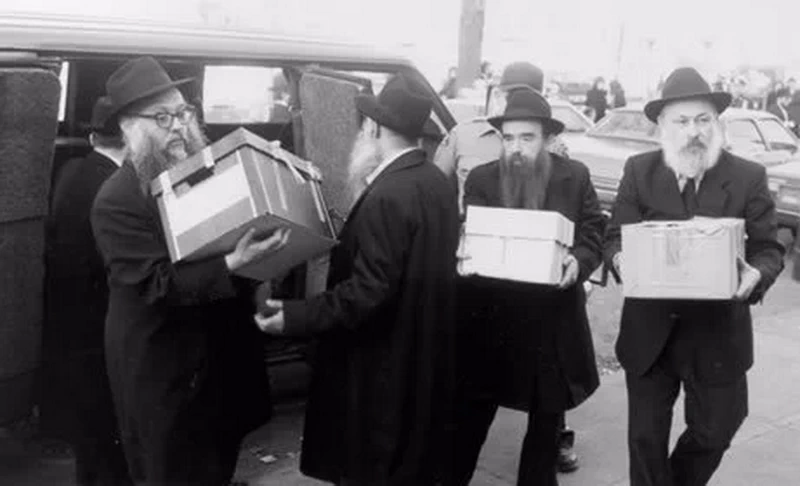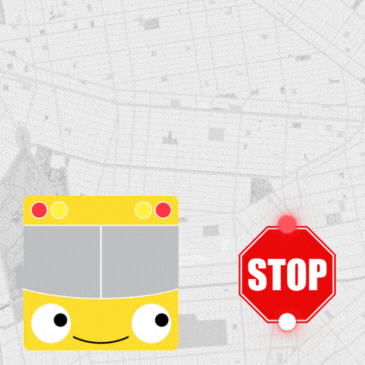
Weekly Dvar Torah: The Books That Speak the Rebbe’s Eternity
On the 5th of Teiveis, we celebrate the victory of the Books. Thirty-nine years ago (1985/6), a pivotal case was brought before Judge Sifton in the Supreme Court. The case revolved around the status of the library created by the previous Lubavitcher Rebbe, Rabbi Yosef Yitzchock Schneerson OBM—a collection that spanned his time in Russia, Poland, and eventually, America. The central question: was this library a private collection, or did it belong to the Lubavitch movement?
On the surface, it might seem like a typical estate dispute. Why, then, do Chassidim celebrate this victory with such fervor? To them, the events that unfold in the material world are but reflections of deeper, spiritual realities. This was not just a legal matter—it was a fight for the soul of what it means to be a Rebbe.
The Arguments
One side contended that the previous Rebbe, as an individual, left behind an estate that should be inherited by his legal heirs. The other side, represented by the Rebbe, argued that a Rebbe is not a private individual. Everything he does, every possession he acquires, is for the community. His library was never about personal wealth but about serving and educating the Chassidim.
The Rebbe pointed to a letter written by the previous Rebbe declaring the library as communal property. While the opposition claimed this statement was exaggerated to solicit aid during a time of crisis, the Rebbe insisted it represented the absolute truth. Judge Sifton agreed, stating in his ruling that “it does not make much sense that a man of the character of the sixth Rebbe would… mean something different than what he says.” With this, the library was awarded to the Lubavitch community.
The Significance
This ruling affirmed a fundamental truth: a Rebbe is not a private person. As Rebbetzin Chaya Mushka Schneerson OBM—the daughter of the previous Rebbe and a legal heir—testified, “The books of the library belonged to the Chassidim, because my father belonged to the Chassidim.”
This decision was more than a legal victory. It was a recognition that a Rebbe’s life is one of absolute selflessness and dedication to his mission. His books, filled with Torah and teachings, embody his very essence. To take these books away would be to diminish his life.
The Rebbe’s Teachings
During the trial, the Rebbe used the occasion to share profound insights into the eternal nature of a Rebbe:
1) Books as Life: The Rebbe explained that the books are the Rebbe’s life. To remove them is to tamper with his essence.
2) Spiritual Eternity: A Rebbe’s life is not of flesh but of Torah, Mitzvos, and connection to G-d. This life never ends.
3) Selflessness: A Rebbe’s existence is entirely for his Chassidim, leading by example in devotion to Hashem.
4) Absolute Truth: A Rebbe personifies truth, a quality recognized even by the court.
5) Living On: The Rebbe continues to live through his Chassidim, thriving and guiding them even after his physical passing.
6) Belonging to the Community: As the Rebbetzin testified, the Rebbe and his possessions are inseparable from the Chassidim.
Preparing for the Future
Why did the Rebbe emphasize these truths in 1985, when he himself was actively leading the community? Perhaps he was preparing us for a future without his physical presence. He foresaw a time when new generations would ask, “Why don’t I have a Rebbe?” The Rebbe provided the answer: through his books and teachings, he remains fully present.
As a Neshama Klalis, an all-encompassing soul, the Rebbe’s essence is bonded with every Jew of his generation. This connection transcends time and space. By studying his books and living his teachings, we reveal his presence and strengthen our bond with him.
From Chanukah to Hey Teiveis
The timing of Hey Teiveis, following Chanukah, is significant. Chanukah celebrates miracles—moments when G-d’s concealed presence becomes revealed after Jews put up a fight and refuse to succumb to darkness. Similarly, the trial of the Seforim revealed the deeper truth of a Rebbe’s eternal life. Even when his physical presence is concealed, the Rebbe lives on through his books, and when we engage with them, we connect with his essence.
The Rebbe’s words resonate even more powerfully today, over 30 years after Gimmel Tammuz. Time has proven their truth. Children who never saw the Rebbe feel connected to him, learning from his teachings and experiencing his guidance. G-d’s concealment during Chanukah led to a miraculous revelation, the Rebbe’s physical absence intensifies our yearning to reveal his presence through his books and instructions.
A Celebration of Connection
Hey Teiveis reminds us that the Rebbe’s leadership is not bound by time or visibility. His teachings continue to inspire and guide us, and his blessings remain with us. By opening the books, we strengthen our connection to the Rebbe and to each other.
This is why we celebrate. The Rebbe’s life, embedded in his books, continues to illuminate our path. As we study his words and follow his guidance, we fulfill his vision and bring his presence into our lives. In doing so, we hasten the ultimate revelation of Moshiach, when we will once again see the Rebbe leading us.
L’chaim, Chassidim. Let us open those books and reconnect with the Rebbe’s teachings, bringing divine grace and beneficence into our lives. Together, we can transform concealment into revelation, fulfilling our mission and the Rebbe’s eternal vision.
Have a Shabbos of Connection,
Gut Shabbos
Rabbi Yosef Katzman












